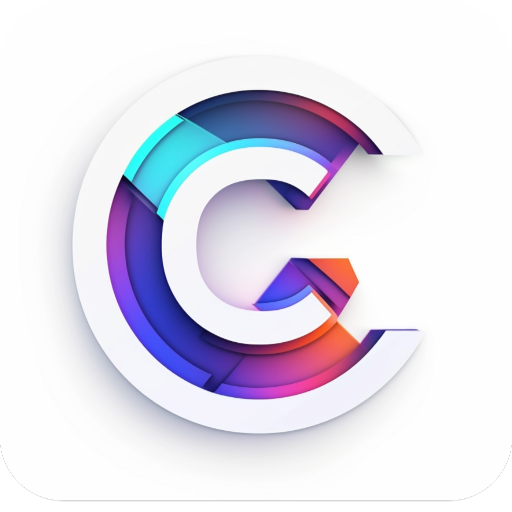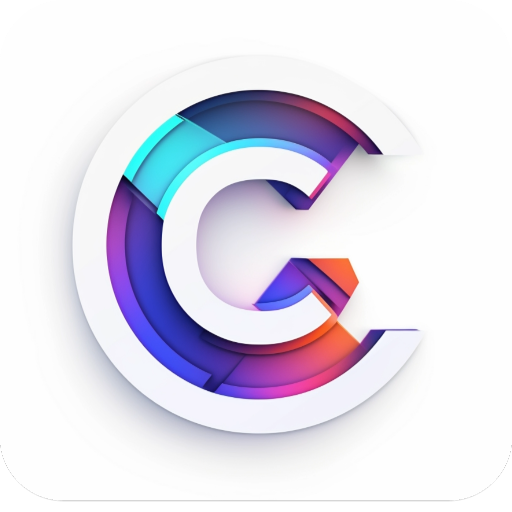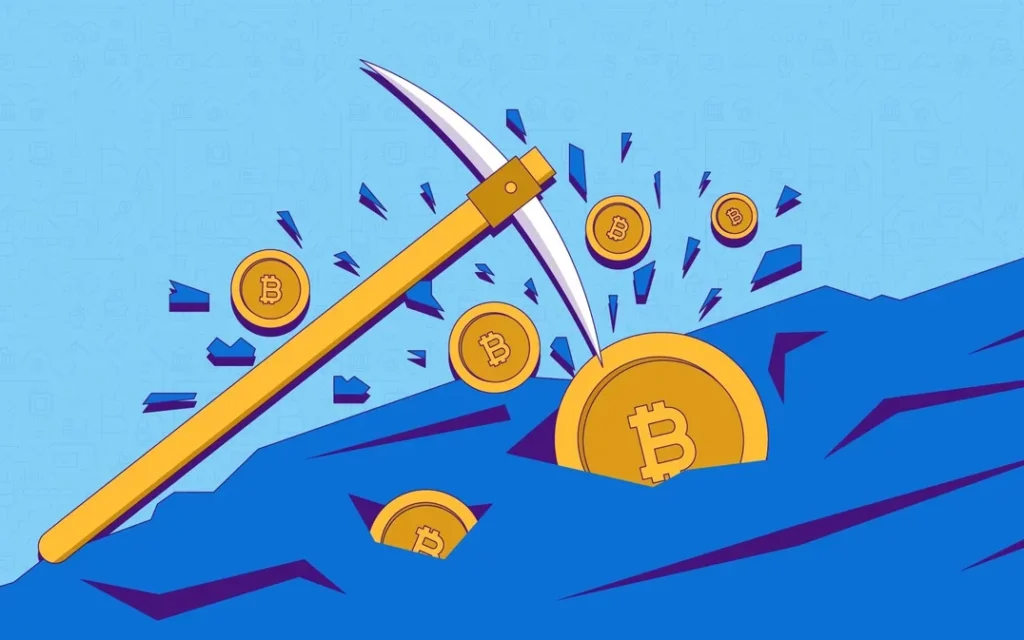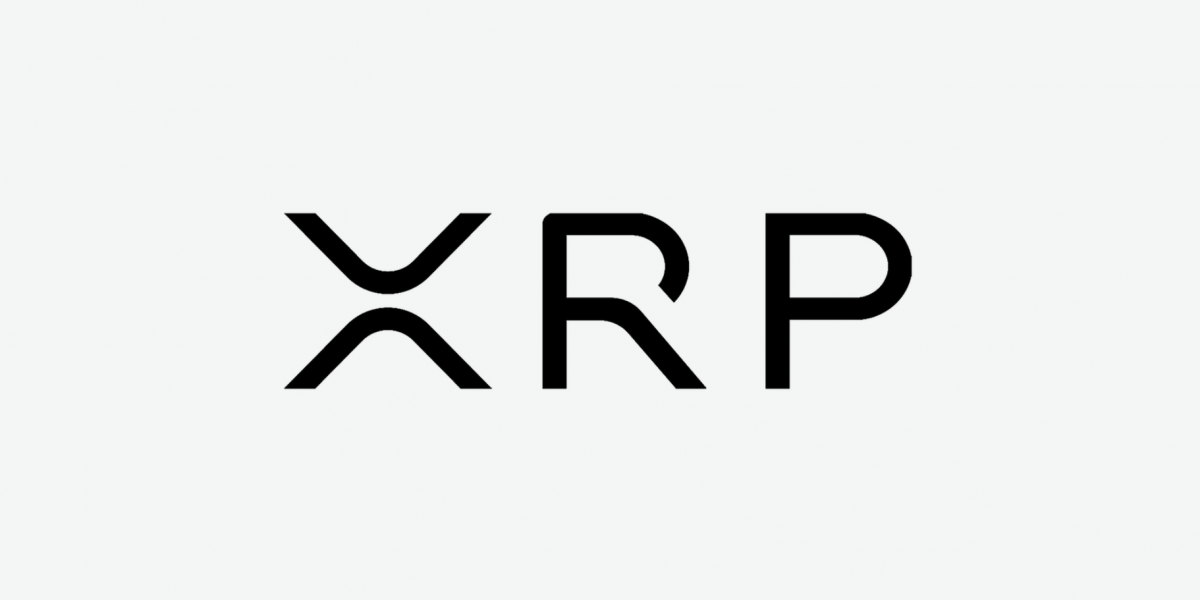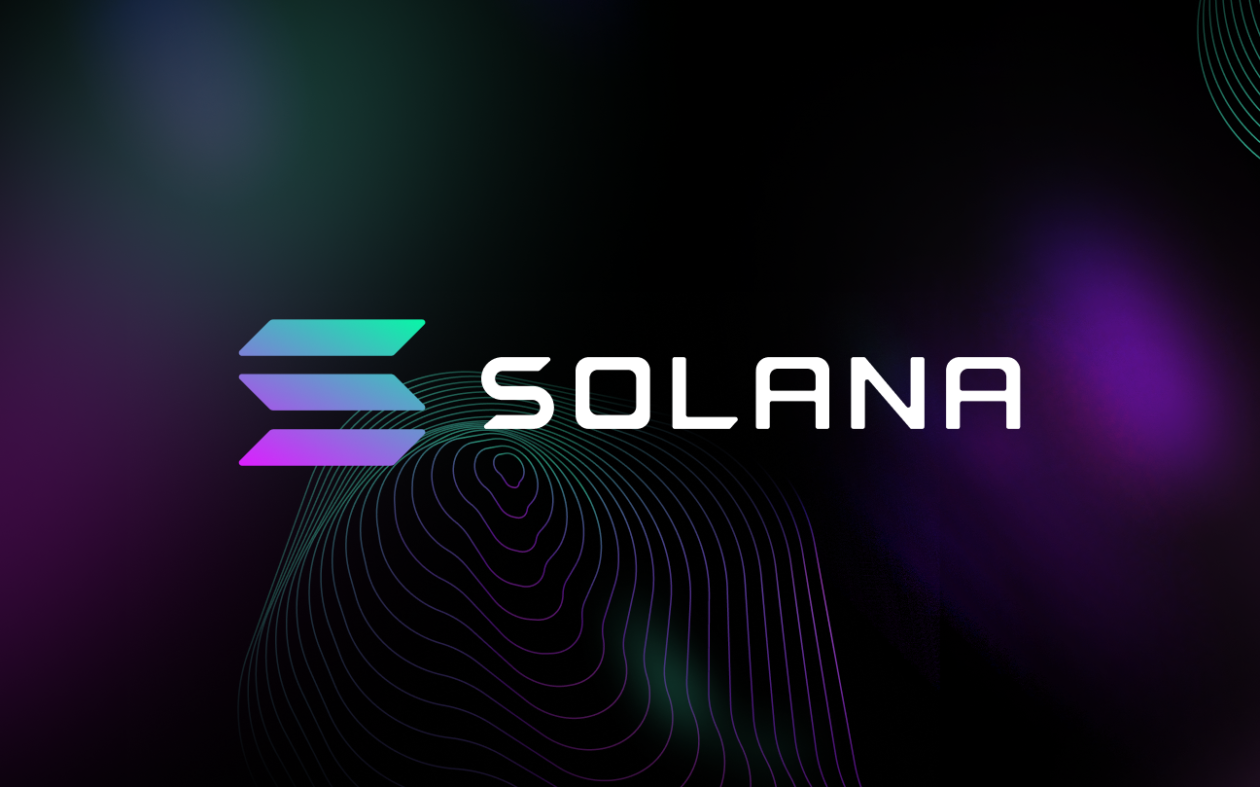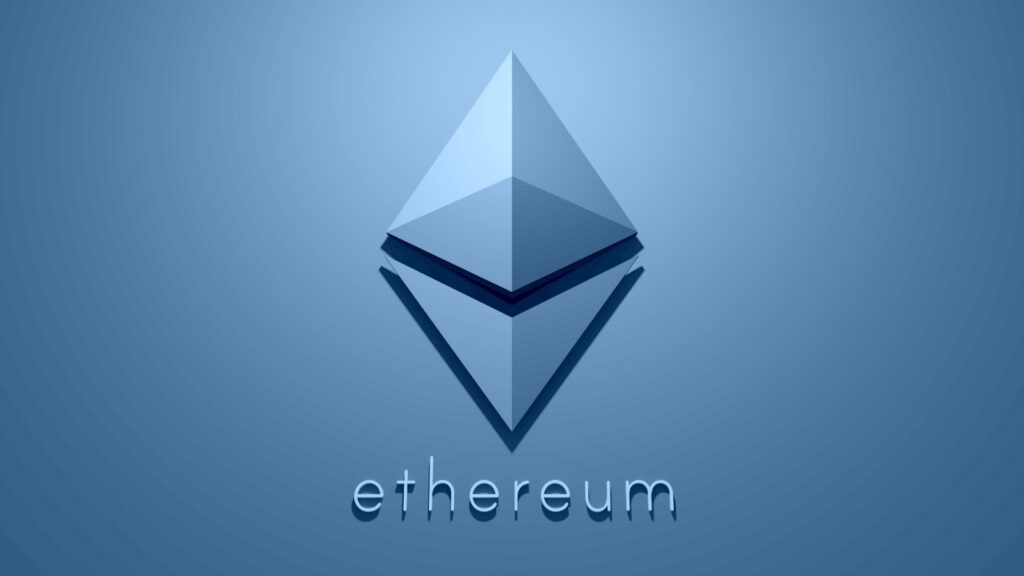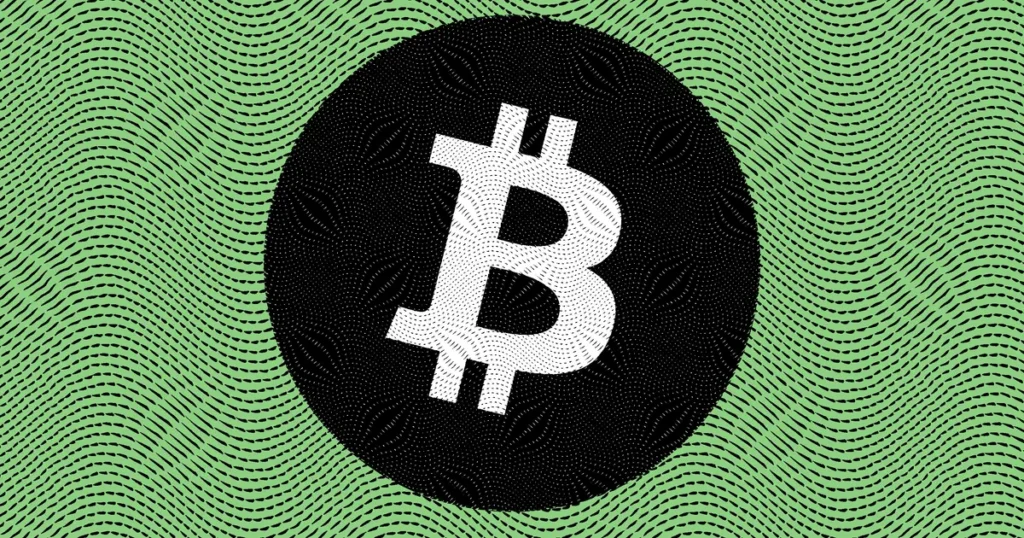Introduction: Cryptocurrencies have taken the financial world by storm, revolutionizing the way we perceive and transact value. Born out of the desire for decentralized, secure, and borderless transactions, cryptocurrencies have become a hot topic in finance and technology. In this beginner’s guide, we will explore the fundamental concepts of cryptocurrencies, providing you with a solid foundation to navigate this exciting and rapidly evolving space. What is Cryptocurrency?Cryptocurrency is a form of digital or virtual currency that uses cryptography for security. Unlike traditional currencies issued by governments and central banks, cryptocurrencies operate on decentralized networks based on blockchain technology. Blockchain is a distributed ledger that records all transactions across a network of computers, ensuring transparency, security, and immutability. Blockchain Technology: The Backbone of CryptocurrenciesBlockchain serves as the underlying technology for most cryptocurrencies. It is a chain of blocks, each containing a list of transactions. Once a block is filled with transactions, it is linked to the previous block, creating a chain. The decentralized and distributed nature of blockchain ensures that no single entity has control over the entire network, making it resistant to manipulation and fraud. Key Cryptocurrencies:Bitcoin (BTC): Launched in 2009 by an anonymous person or group known as Satoshi Nakamoto, Bitcoin is the first and most well-known cryptocurrency. It serves as a digital gold and a store of value.Ethereum (ETH): Ethereum introduced the concept of smart contracts, self-executing contracts with the terms of the agreement written into code. It has become a platform for decentralized applications (DApps).Ripple (XRP), Litecoin (LTC), and Others: There are thousands of cryptocurrencies with different use cases and features. Ripple focuses on facilitating cross-border payments, Litecoin offers faster transaction confirmation, and many others serve specific purposes within the crypto ecosystem. Wallets and ExchangesWallets: Cryptocurrency wallets are digital tools that allow users to store, send, and receive their cryptocurrencies. Wallets can be hardware-based (physical devices), software-based (applications or online platforms), or paper wallets (physical documents with private keys) Exchanges: Cryptocurrency exchanges are online platforms where users can buy, sell, and trade cryptocurrencies. Popular exchanges include Coinbase, Binance, and Kraken.Mining and Consensus Mechanisms Mining:Mining is the process by which new cryptocurrency coins are created and transactions are added to the blockchain. It involves solving complex mathematical problems using computational power.Consensus Mechanisms: Different cryptocurrencies use various consensus mechanisms to validate transactions and maintain the integrity of the blockchain. Proof of Work (PoW), Proof of Stake (PoS), and Delegated Proof of Stake (DPoS) are common examples. Volatility and Risks:Cryptocurrency markets are known for their price volatility. Prices can experience significant fluctuations within short periods. Investors should be aware of the risks and conduct thorough research before entering the market. Conclusion:As we journey into the world of cryptocurrencies, it’s essential to grasp the basics outlined in this guide. The landscape is dynamic, with continuous innovation and development. Whether you’re an investor, developer, or simply curious about the future of finance, understanding the fundamentals of cryptocurrencies is a crucial first step in navigating this exciting and transformative space. Stay curious, stay informed, and embrace the potential that cryptocurrencies bring to the global financial ecosystem.
